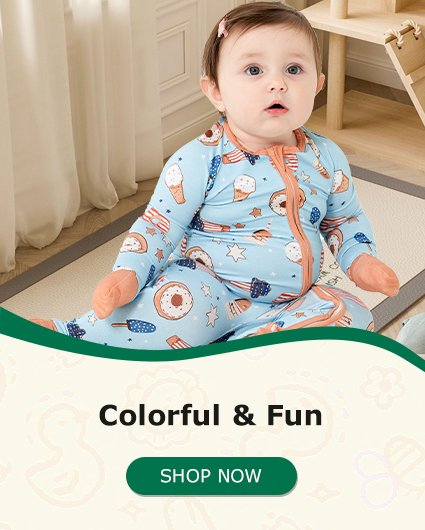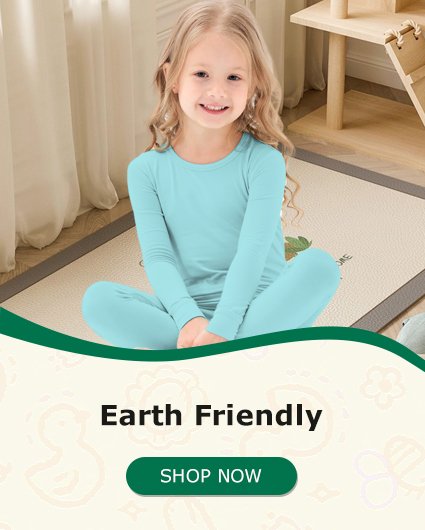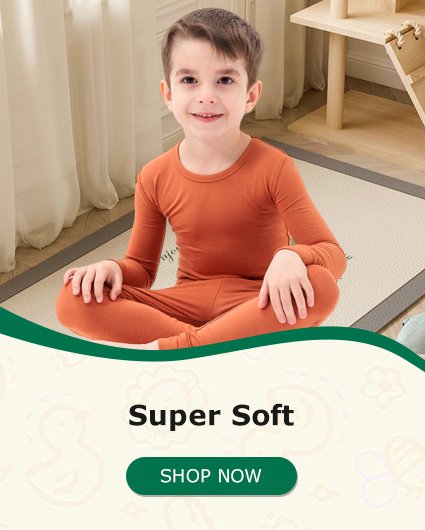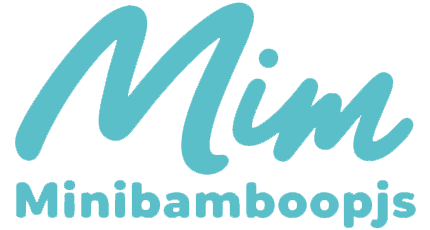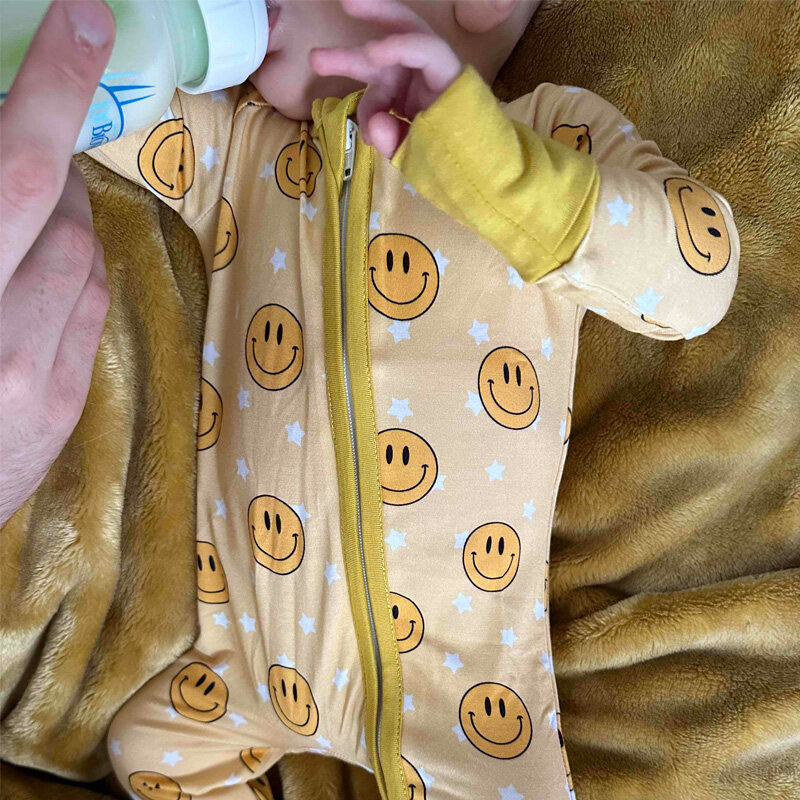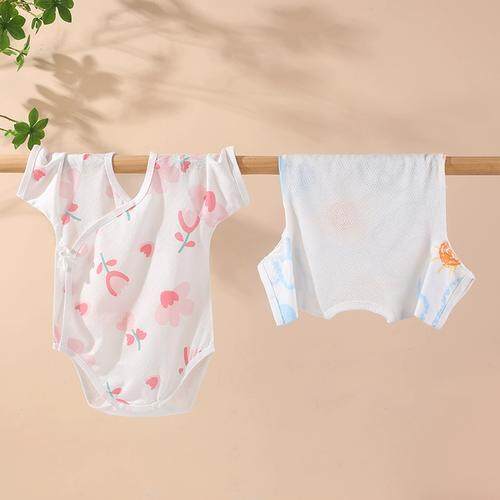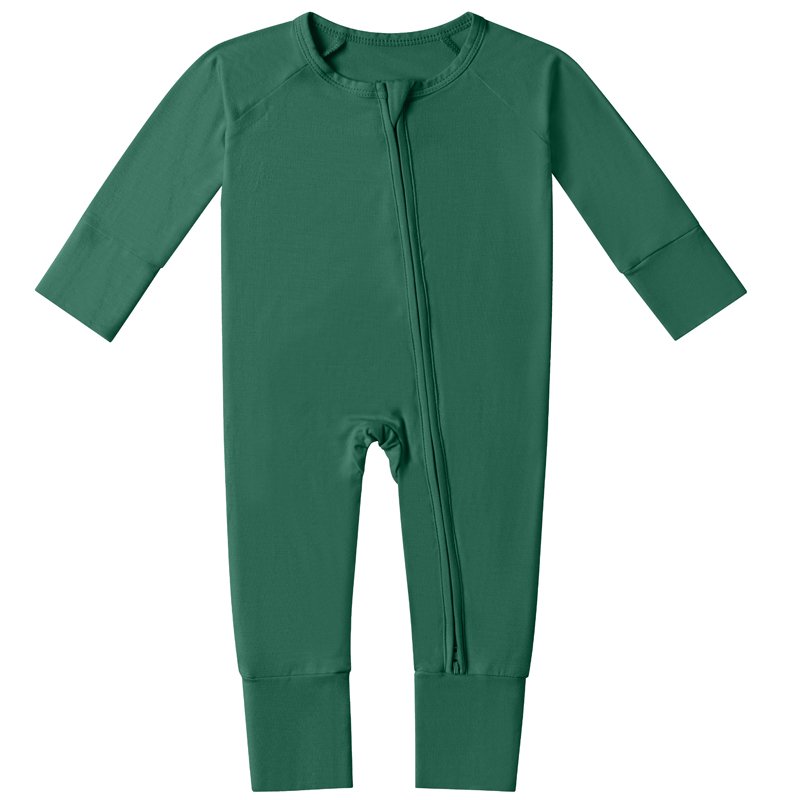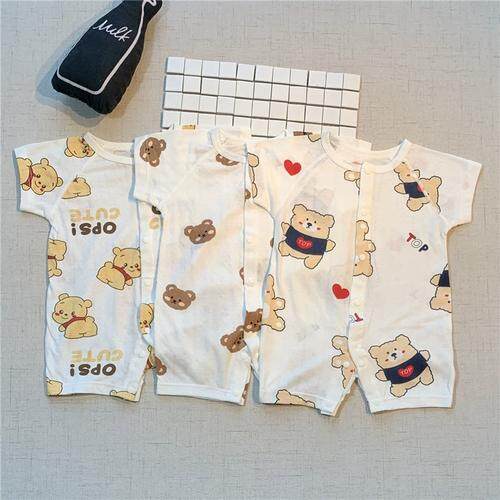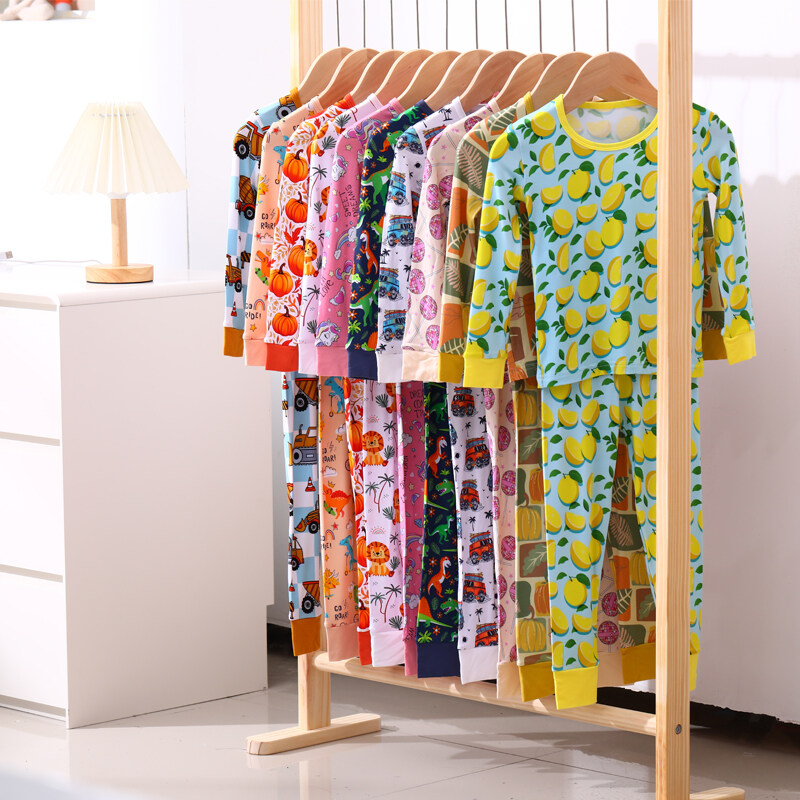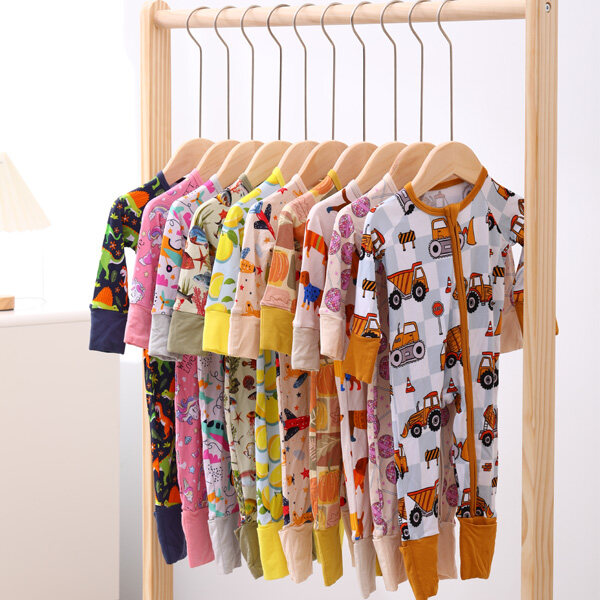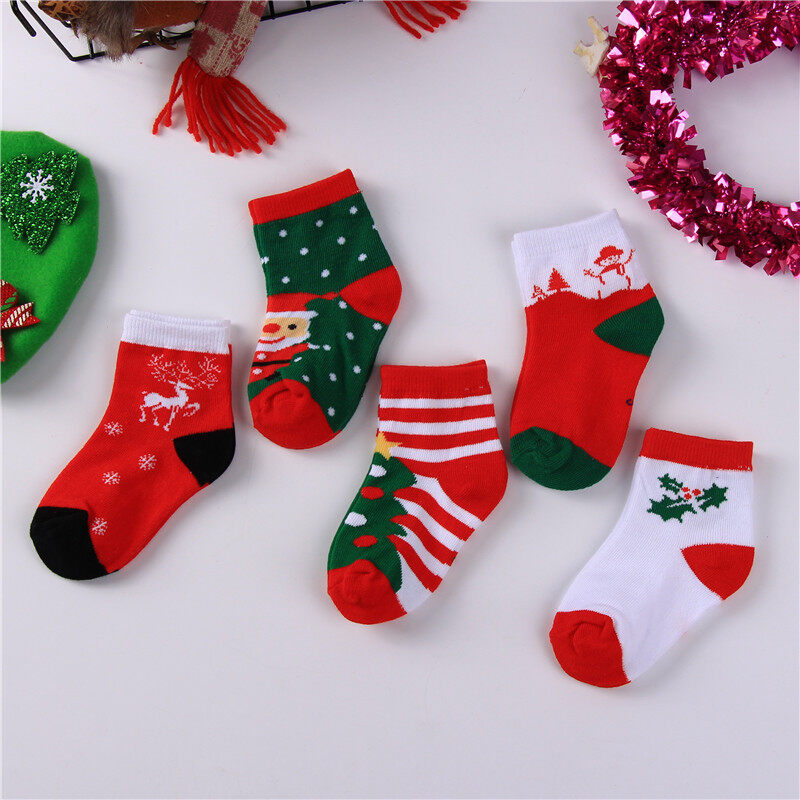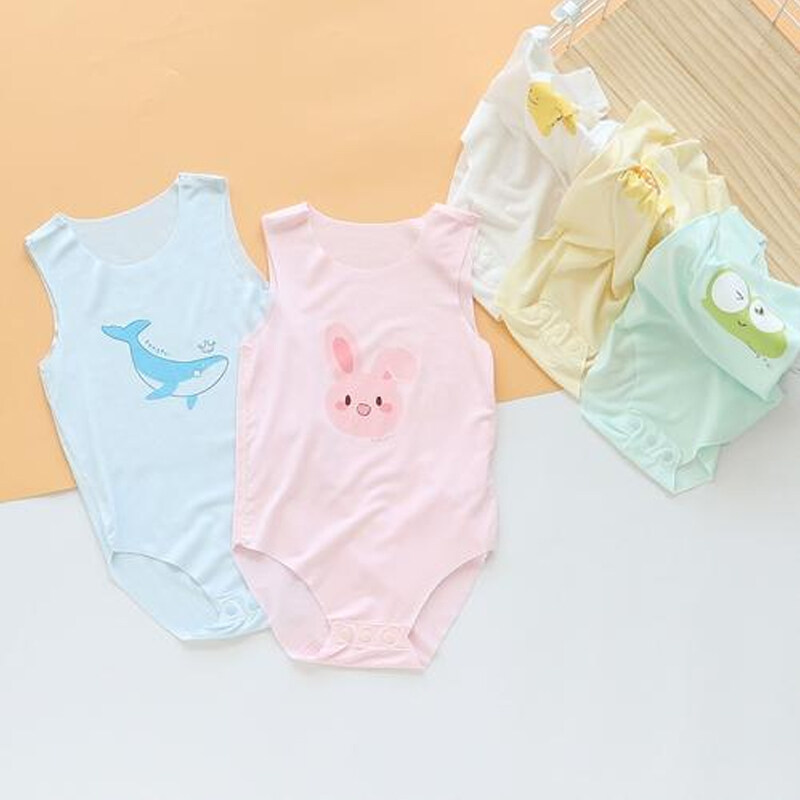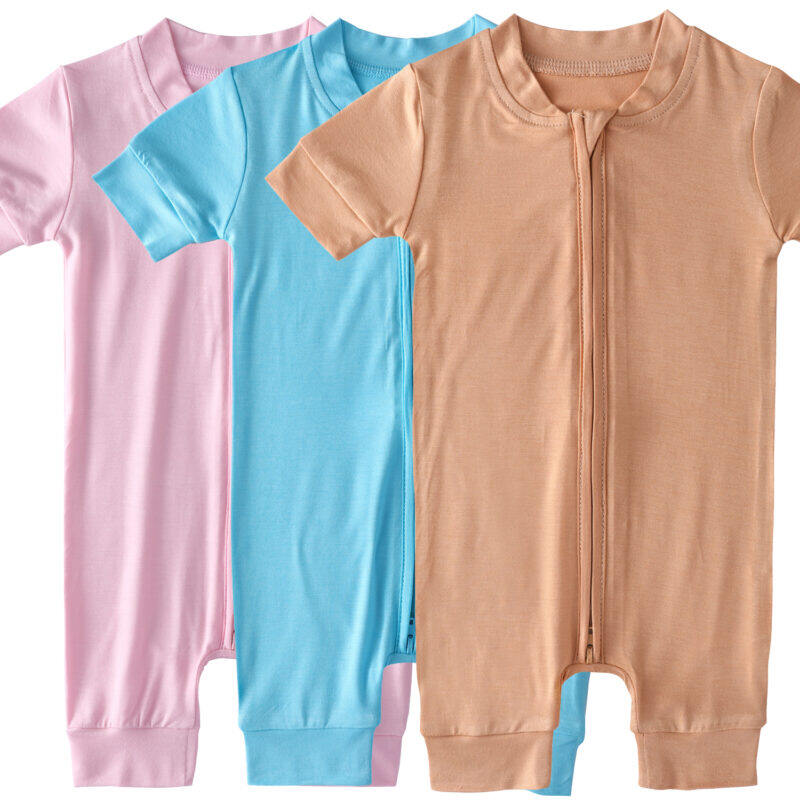Bamboo Fabric: Is It Truly Eco-Friendly?
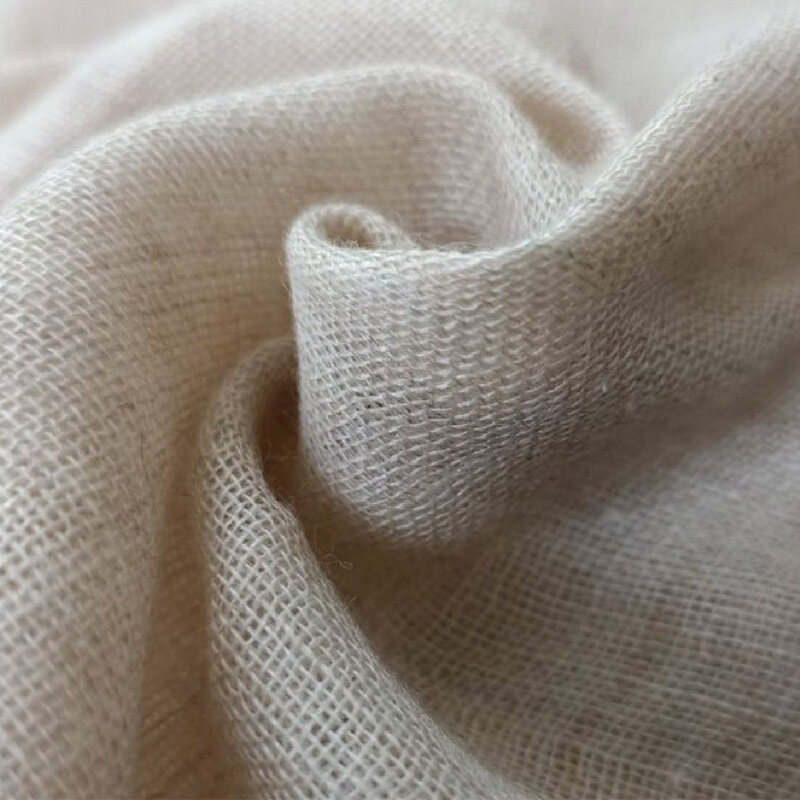
Bamboo fabric has gained popularity as a “green” alternative to conventional textiles, often promoted as a sustainable choice for eco-conscious consumers. But is bamboo clothing really as environmentally friendly as it seems? The reality is more nuanced than simple marketing slogans suggest. While bamboo as a plant is undeniably sustainable, the way it is transformed into fabric raises important questions.
Bamboo as a Renewable Resource
Bamboo is one of the fastest-growing plants in the world, capable of reaching full maturity in just three to five years. Unlike traditional crops such as cotton, bamboo requires little water, grows without pesticides or fertilizers, and can thrive in poor soils. Its dense root system prevents soil erosion and helps retain water, making it beneficial for ecosystems where it grows.
Moreover, bamboo absorbs carbon dioxide at higher rates than many trees, further boosting its reputation as an eco-friendly resource. These qualities make it an attractive raw material for the textile industry as brands search for greener alternatives to petroleum-based synthetics and water-intensive crops like cotton.
Currently, China, India, and Southeast Asia dominate bamboo cultivation, with the species Moso bamboo (Phyllostachys edulis) being the most widely used for textile production. From clothing to home goods such as sheets and towels, bamboo has become a staple material marketed for its breathability, moisture-wicking ability, and natural softness.
Types of Bamboo Fabrics
The environmental impact of bamboo textiles depends largely on the processing method. There are three main types of bamboo fabric, each with its own advantages and drawbacks.
Bamboo Viscose (Rayon)
The most common type of bamboo fabric is bamboo viscose, made through chemical processing. In this method, bamboo pulp is dissolved using sodium hydroxide and treated with carbon disulfide, creating a viscous solution that is spun into fibers. While the result is a silky, soft material, the process is highly water-intensive and involves toxic chemicals that can harm workers and pollute air and water if not managed responsibly.
Despite being marketed as eco-friendly, bamboo viscose is not as sustainable as it appears, given its reliance on hazardous substances and energy-heavy production.
Bamboo Lyocell
A more sustainable alternative is bamboo lyocell, which is produced using a closed-loop system. Instead of harmful chemicals, this process relies on N-methylmorpholine-N-oxide, a solvent that is captured and reused rather than discarded. This greatly reduces chemical waste and environmental impact.
Bamboo lyocell retains the softness and breathability of viscose but with significantly lower ecological costs. However, it is more expensive to produce and is manufactured by only a limited number of facilities worldwide.
Bamboo Linen
The most sustainable method of all is mechanical processing, which produces bamboo linen. Here, bamboo stalks are crushed, and natural enzymes are used to break down the fibers, which are then spun into yarn. Bamboo linen avoids the use of harmful chemicals altogether and results in a strong, breathable fabric.
That said, bamboo linen is less soft than viscose or lyocell and wrinkles more easily. Its labor-intensive and costly production means it remains rare in mainstream markets.
Choosing the Right Option
If your priority is sustainability, bamboo linen is the top choice, followed by bamboo lyocell. Both offer lower environmental impact compared to bamboo viscose, which dominates the market but comes with hidden ecological costs.
For those who want to make informed decisions, looking for certifications such as OEKO-TEX or GOTS can help ensure that the bamboo fabrics you purchase meet higher environmental and ethical standards. It’s also worth considering other sustainable fabrics like hemp or organic cotton, which may be more transparent in their production methods.
Final Thoughts
Bamboo itself is a renewable and eco-friendly resource, but the way it is processed into fabric determines how sustainable the final product truly is. Bamboo linen and bamboo lyocell are responsible options, though often harder to find and more expensive. Bamboo viscose, while widely available and soft to the touch, carries significant environmental concerns.
As with many products in the fashion industry, the key lies in transparency and consumer awareness. By understanding the differences in bamboo fabrics and choosing responsibly, shoppers can support a more sustainable textile future.


